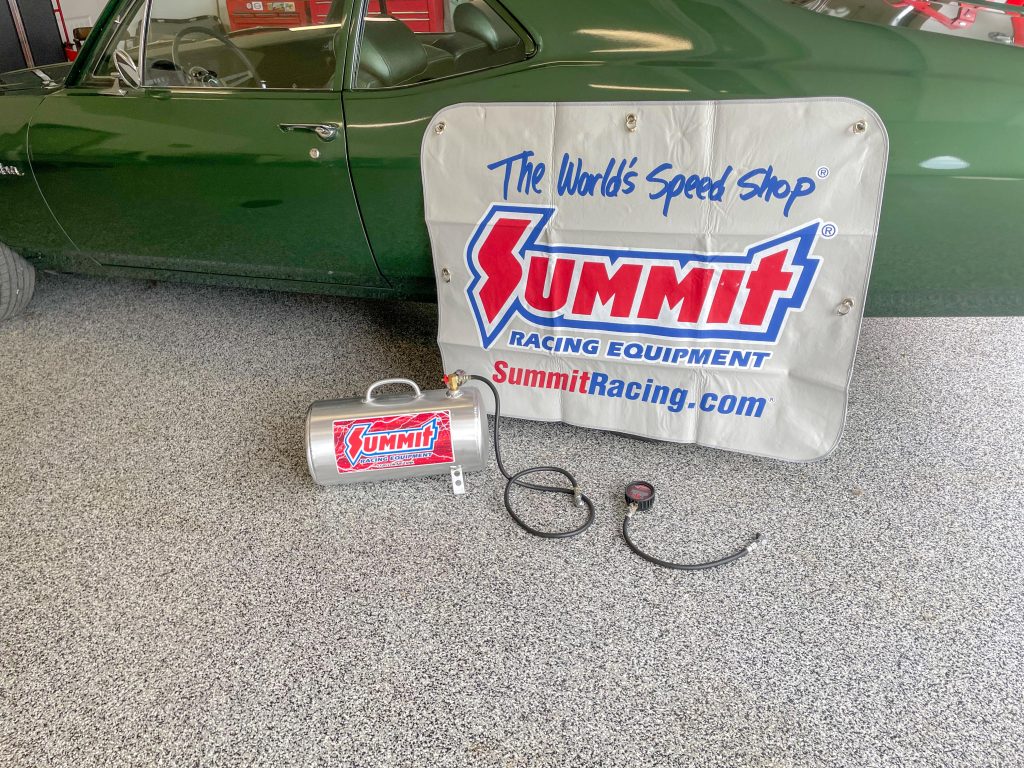
Years back, I penned an article titled Pro Tips for Tire Pressure that talked about setting drag race tire pressures and dealing with changing conditions. It offered a lot of good advice, but it dealt mostly with slicks.
But if you’re into the street-legal and drag-and-drive events that have become so popular, you’re running DOT-legal drag radial tires. Those are a whole different animal than slicks. If you’re lucky you have a spare set of DOT drag rubber mounted on wheels. If not, you’re dealing with the tires you drove to the track on. That’s why I wrote this article.
Establishing a Baseline
It might be surprising to discover that conventional DOT street tires actually like more pressure than normal in a drag race application. On the other hand, a sticky drag radial might like far less pressure than you might have considered. There’s another catch—some drag radials are designed to work at lower pressures than others. As a result, you can’t just set your tire pressure to the same PSI your buddy uses with his Mickey Thompsons, M&H Racemasters, Nittos, or Hoosiers.
The width of wheel you use can have an effect upon the tire pressure. So can the track prep. Some have better prep than others. Some have no prep. A heavily prepped track has a glossy surface—it almost looks wet. A track that isn’t prepped will have a surface that looks dull.
All this means you have to establish a baseline tire pressure. The first order of business is determining how much of the tire actually contacts the pavement. You don’t need to be at the track for this. Simply drive through a bit of water on pavement and examine the contact patch. You should be able to see if the center of the tire is making more contact than the edges. If that’s the case, there’s most likely too much air in the tire. If the outer edges show more contact area than the center, the tire needs more air. Setting tire pressure this way is no guarantee that it’s the right pressure for your car, but it’s a starting point.
Here are some basic pressure recommendations from M&H Racemaster and Mickey Thompson:
• Tires under 30 inches in diameter: 12-16 PSI
• Tires over 30 inches in diameter: 11-14 PSI
Mickey Thompson ET Street R Drag Radials
• Minimum pressure: 11 PSI
• Tires up to P275-50R15: 12-16 PSI
• Tires P295 and up: 11-14 PSI
With most drag radials you will probably want to start at 20 PSI and work down from there. If you have a stick-shift car, you may need to set the pressure a wee bit higher. You’ll also have to work hard on clutch manipulation as manual transmission cars seem to like bias-ply tires better.
Now it’s time to head to the track for some practice runs. After you’ve made a few passes, check the wear across the tire face. You want the tire to wear equally across the entire width. Again, too much pressure results in heavier wear in the center, and too little pressure results in heavier wear on the outer edges.
Once you have equal wear across the face, you have the baseline tire pressure that your car and tire combination like. Make sure to write this number down somewhere. You might have to adjust tire pressure to compensate for weather and track changes, but it’s far easier if you only have to modify it slightly rather than starting from scratch.
Obviously, you’ll need a tire gauge to establish a baseline pressure and make any necessary changes. A conventional pencil gauge won’t cut it for the low pressures you’re dealing with. Spend the money to get a good quality analog dial or digital gauge—there are plenty to choose from.
Try to use the same gauge every time you check or change air pressure. Readings do vary between gauges. That’s why many pro racers always use the same gauge and record the pressures in a log book.
Other Considerations
What about burnouts? The type of burnout you perform is related to your tires’ compound. M&H offers this advice when using its HB11 compound drag radials:
“A hard burnout is not necessary. For the first pass of the day, make a light to moderate burnout. After that, a light burnout should suffice. Continue the burnout until the engine starts to pull down. A dry hop after the burnout isn’t recommended. For a stick-shift car, perform a light burnout, haze the tires, and stage immediately.”
Mickey Thompson says the tread compound used for its ET Street Radials is designed to heat quickly and does not require a heavy burnout. A dry hop after the burnout is not recommended, either.
When in the pits or waiting in the staging lanes during the day, keep in mind that the sun can play havoc with the tire pressure, particularly on the side of the car that faces it. That’s why pro racers typically cover their tires while waiting. Summit Racing offers several types.
The most popular (and common) is a light colored cover that attaches with suction cups. The color better reflects the sun’s rays and the suction cups allow attaching the cover to metal and composite fenders. If you have an issue with making the suction cups stick, try using lubing them with a spray bottle filled with a few drops of dish soap or car wash soap. Regularly cleaning the suction cups with rubbing alcohol is a good idea too. It works for me.
Most likely you’ll be driving your car to the track instead of trailering it. That means you can’t haul a large air compressor with you to adjust tire pressure. There are a couple of options. First is a portable air tank. Summit Racing has them in capacities from 1.5 to 20 gallons in steel and aluminum. A portable tire inflator is an alternative. Most run off 12 volts from your car or tow vehicle battery, but there are some that use rechargeable batteries. Some take four or five minutes to inflate a tire from flat to 30 PSI. Since you’ll be adjusting pressure in pretty small increments, you should have no major issues.
The best idea may be to take the tips we presented here and some from the Pro Tips article and create a tire pressure ‘program’ that works best for you. Just remember that every car is different and will need its own pressure tuneup. And please, don’t forget to use a logbook!
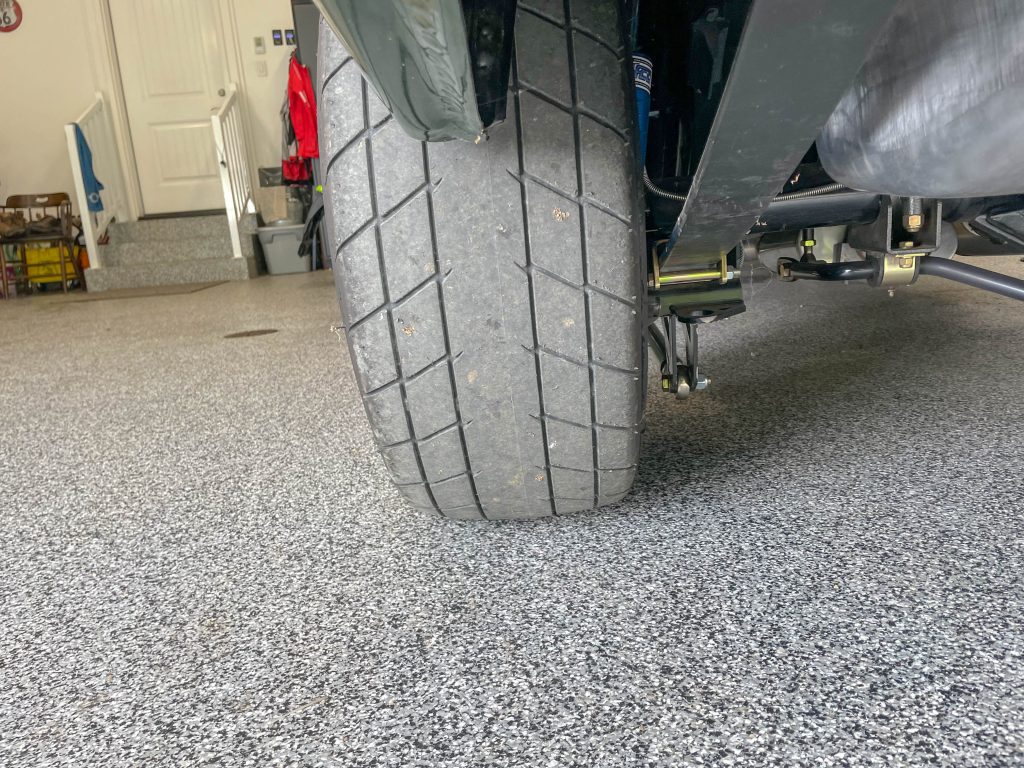
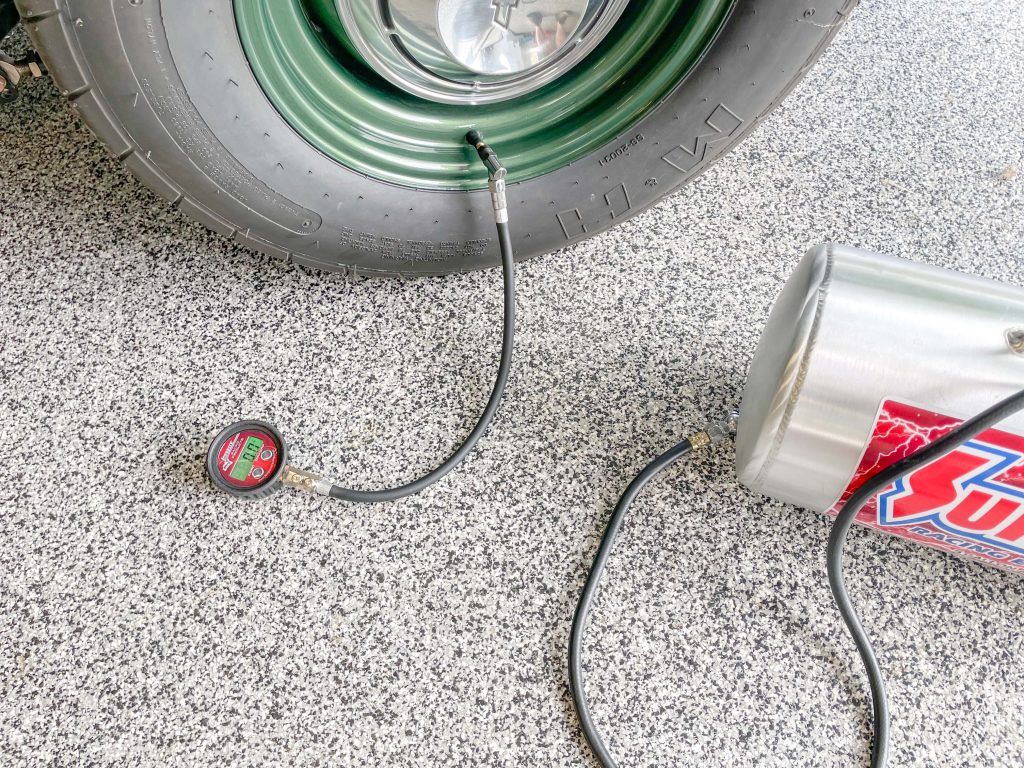

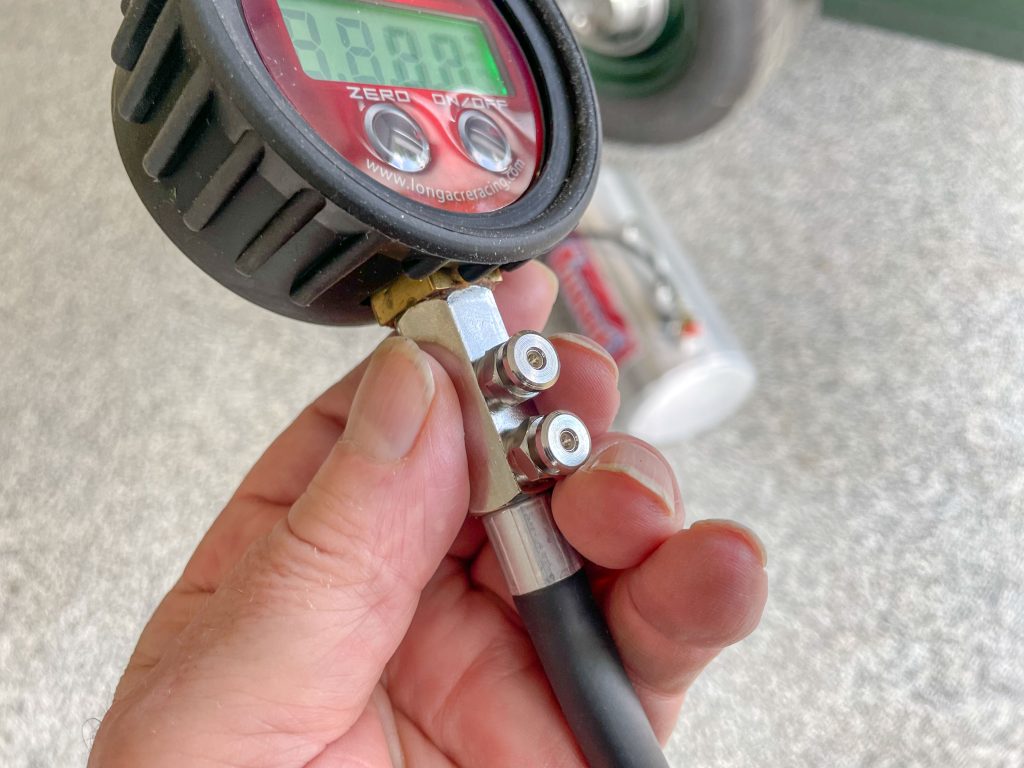
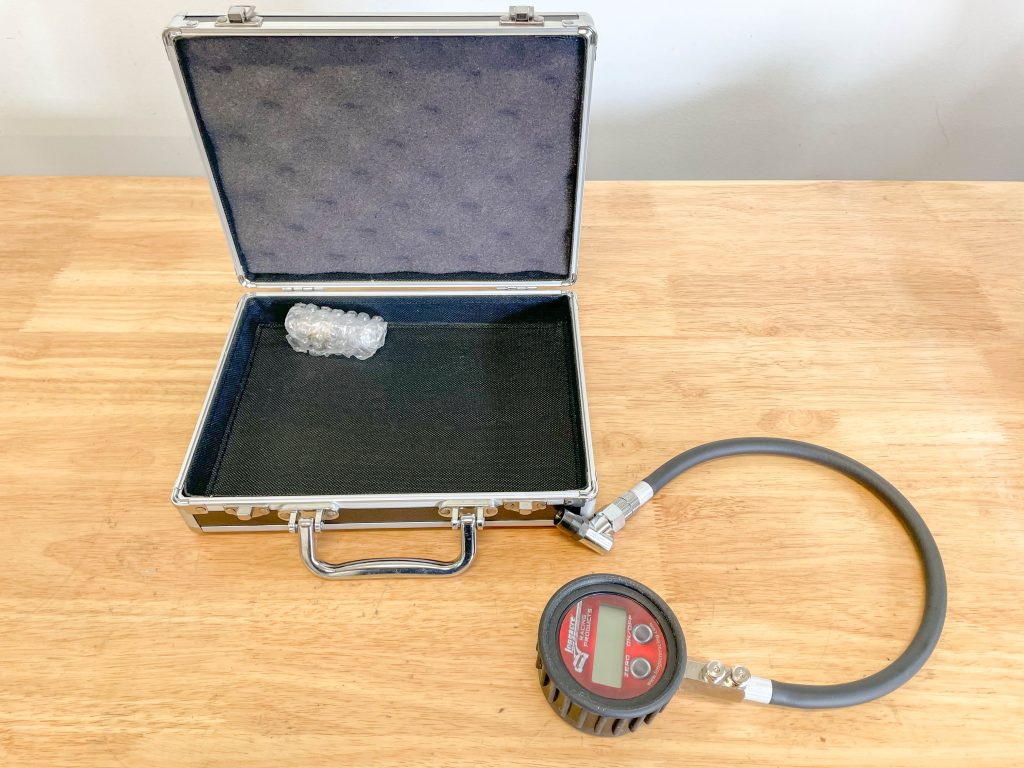
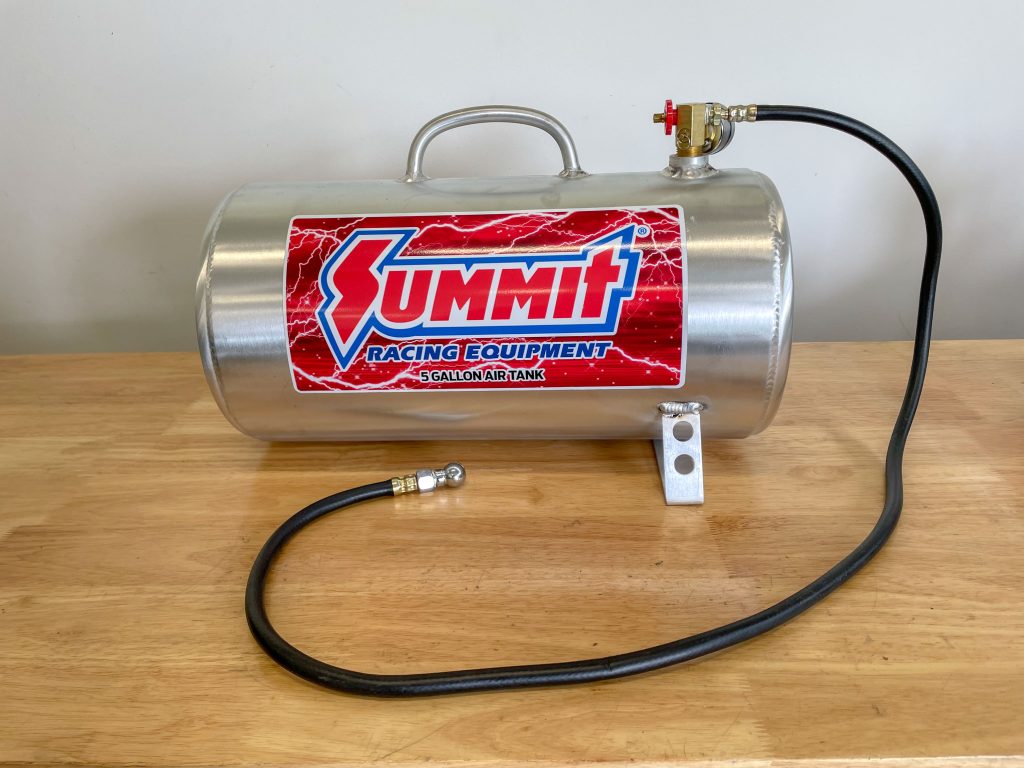
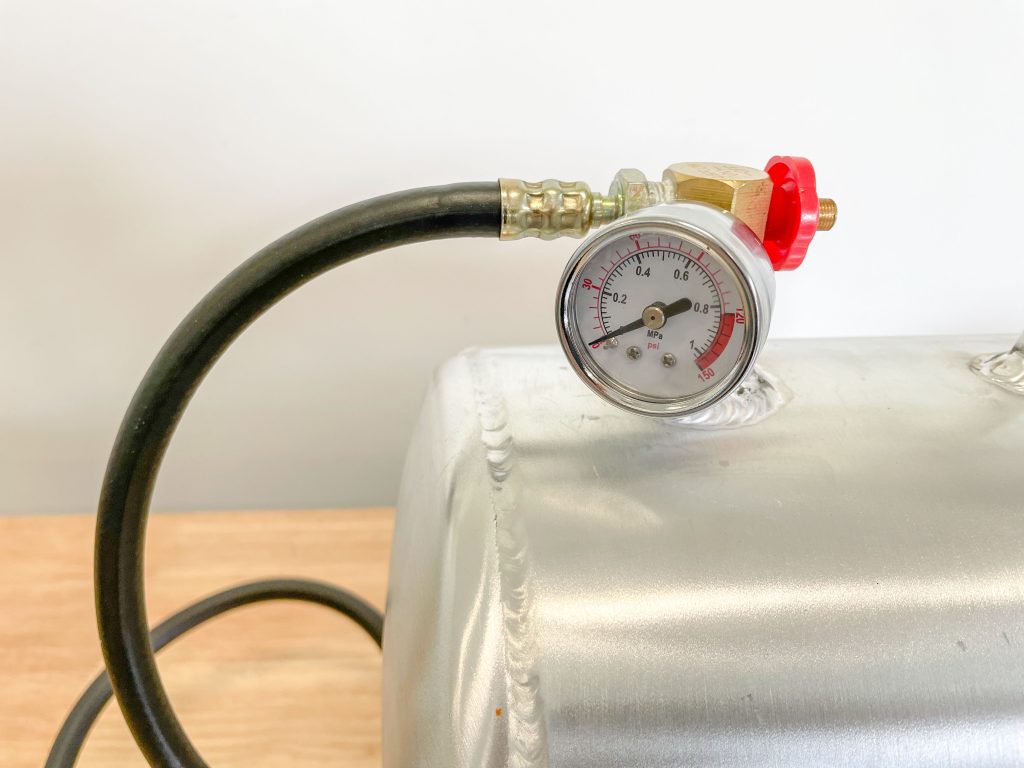
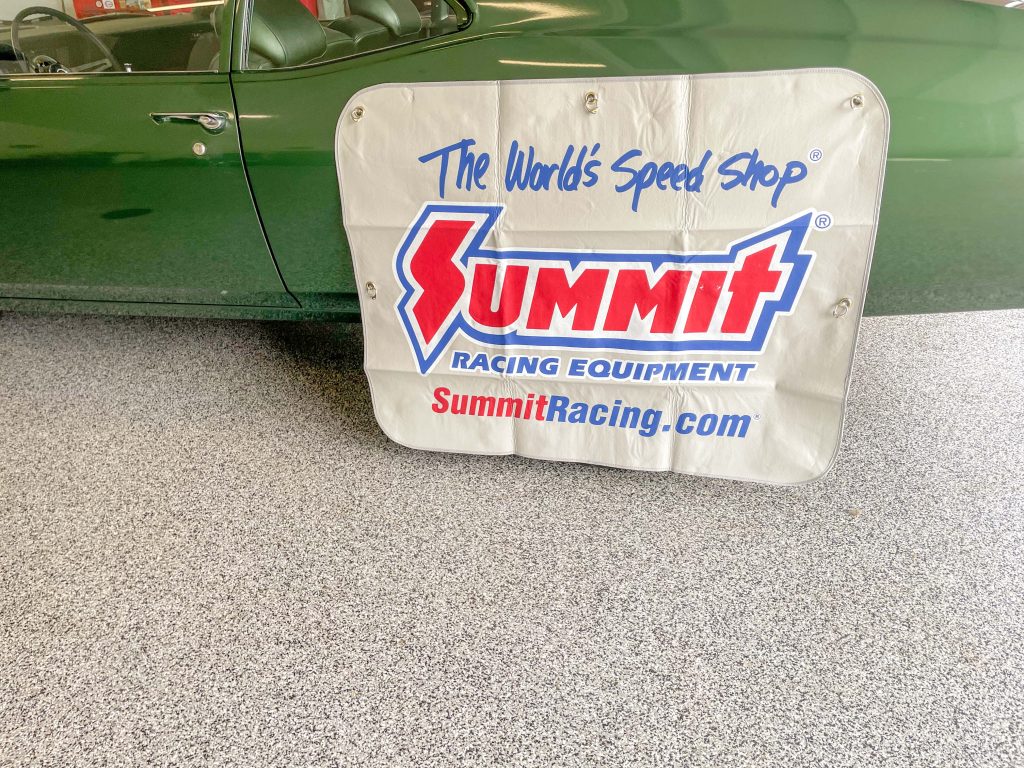
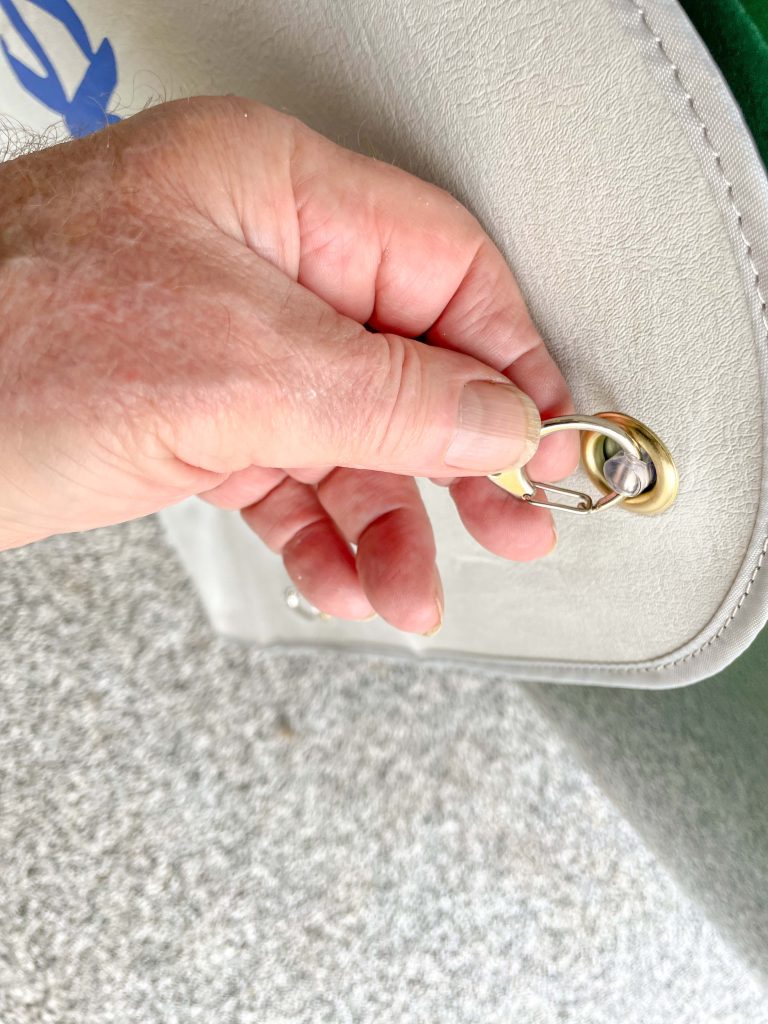

Comments